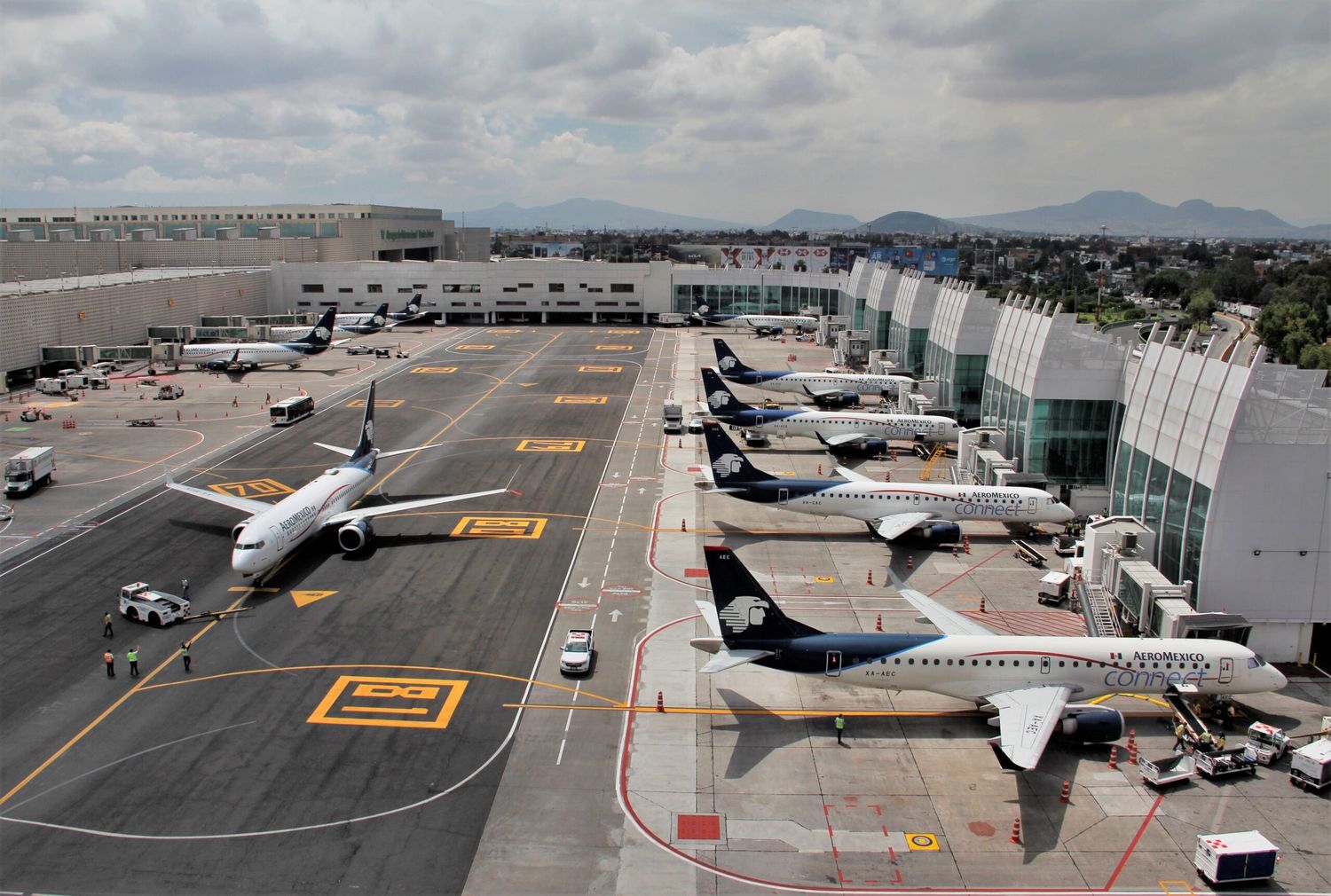Mexico City International Airport Faces New Restrictions Amidst Capacity Concerns
Mexicos’ AFAC (Federal Aviation Agency) confirmed its decision to reduce the total operations of landings and takeoffs from 52 to 43 per hour at the Mexico City International Airport (AICM). This is a new cut from the 61 operations per hour of the official capacity declared by the airport.
This, as announced today by the Mexican government, was the result of an analysis carried out by the AICM General Directorate and the Airspace Navigation Services in Mexico (SENEAM) regarding the service levels of terminals 1 and 2, as well as the airspace capacity.
The first study, they claim, indicated that during the year, the maximum number of passengers that can be served per hour in each terminal of the AICM was exceeded more than 25 times. The SENEAM study showed that «the number of optimal operations that can be attended per hour depends on the airport’s configuration, infrastructure, runway occupation times during takeoff and landing for different types of aircraft, separation intervals between aircraft, restrictions on taxiways, as well as the fleet composition of the airlines».
The measure, they assure, will be temporary and will last as long as saturation conditions prevail in the AICM.
Airlines had already expressed their concerns about the new reduction in capacity at the main Latin American airport. On Monday, the National Chamber of Air Transport (CANAERO) of Mexico had pointed out that «an additional and also unilateral reduction would seriously affect operations planning» and a «massive cancellation of flights would put the country in an unfavorable international situation». Moreover, while efforts are being made to return the country to Category 1 of the US Federal Aviation Administration (FAA), the process would look «tainted».
They also emphasized that the underlying problem with the AICM is not the capacity of operations per hour, but the age of the infrastructure and its deterioration.


Para comentar, debés estar registradoPor favor, iniciá sesión